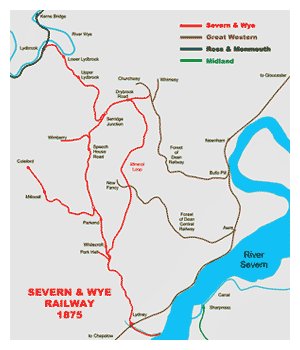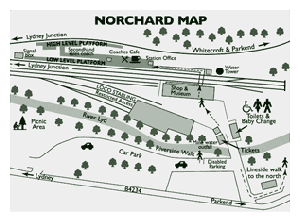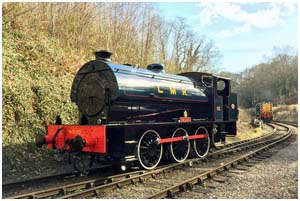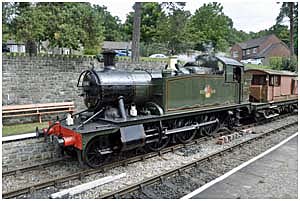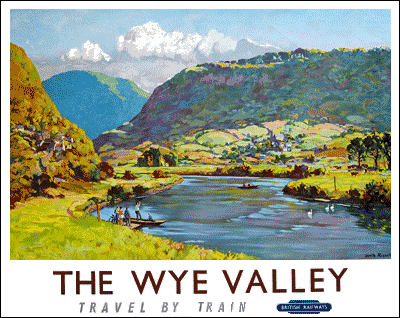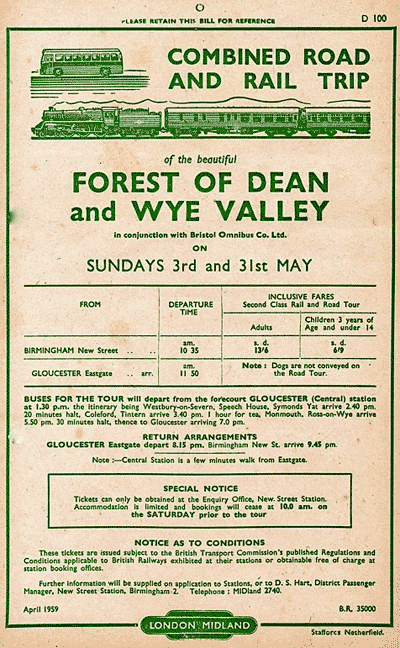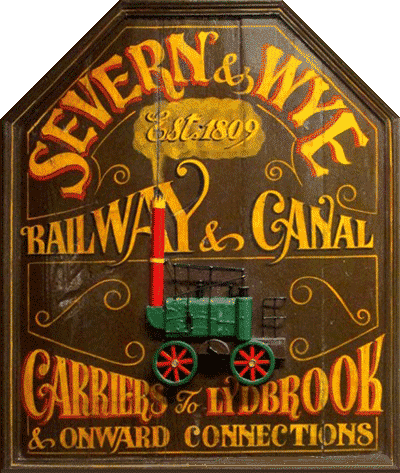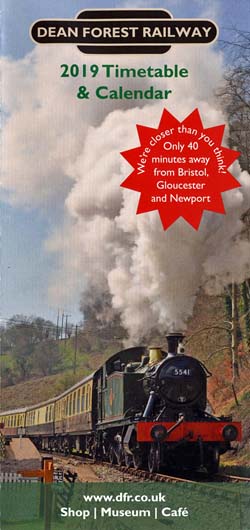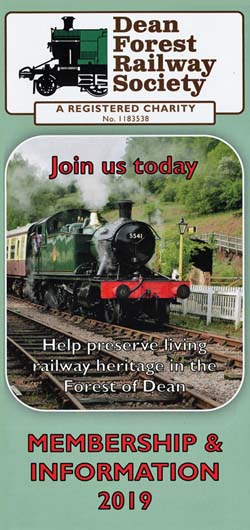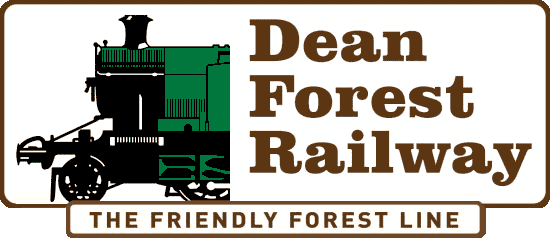
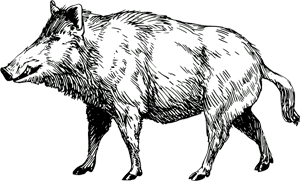
 with the poverty stricken foresters banned from hunting and removing timber. This resulted in the Bread Riots which were eventually quelled by heavily armed soldiers. During the 19th and early 20th centuries the Forest was a complex industrial region with deep coal mines, iron mines, iron works
with the poverty stricken foresters banned from hunting and removing timber. This resulted in the Bread Riots which were eventually quelled by heavily armed soldiers. During the 19th and early 20th centuries the Forest was a complex industrial region with deep coal mines, iron mines, iron works , tinplate works, foundries, quarries, stone-dressing works, wood distillation works producing chemicals, tram roads
, tinplate works, foundries, quarries, stone-dressing works, wood distillation works producing chemicals, tram roads , and a network of railways. With the forests demise as an industrial area it has become a scenic and recreational area offering fishing, canoeing, steam trains, wildlife, zip wires, hiking, biking, and sculpture trails. The area is home to one of the world's biggest tidal surges, the Severn Bore.
, and a network of railways. With the forests demise as an industrial area it has become a scenic and recreational area offering fishing, canoeing, steam trains, wildlife, zip wires, hiking, biking, and sculpture trails. The area is home to one of the world's biggest tidal surges, the Severn Bore.A coal and mineral hauling railway the Severn & Wye Railway (S&W) began at Lydney harbour reaching Parkend by 1810. It was a 3 foot 6 inch gauge plateway comprised of 3 foot long plates carried on stone blocks. By 1813 the viability of the S&W was in question when the South Wales Railway came on the scene with an eye to obtaining the Forest of Dean traffic. In 1847 it took over the S&W with the intention of constructing a broad gauge line next to the S&W. In the meantime traffic was interchanged between the South Wales Railway and the S&W at Lydney. Using funds provided by the South Wales Railway the S&W introduced steam locomotives to their plateway in 1860 however it was soon apparent the interchange at Lydney between the plateway and the broad gauge was inefficient. By 1869 the S&W line was converted to broad gauge and a broad gauge locomotive
comprised of 3 foot long plates carried on stone blocks. By 1813 the viability of the S&W was in question when the South Wales Railway came on the scene with an eye to obtaining the Forest of Dean traffic. In 1847 it took over the S&W with the intention of constructing a broad gauge line next to the S&W. In the meantime traffic was interchanged between the South Wales Railway and the S&W at Lydney. Using funds provided by the South Wales Railway the S&W introduced steam locomotives to their plateway in 1860 however it was soon apparent the interchange at Lydney between the plateway and the broad gauge was inefficient. By 1869 the S&W line was converted to broad gauge and a broad gauge locomotive was acquired. Enter the Great Western Railway (GWR), the successor to the South Wales Railway. With the GWR converting their mainline to standard gauge this put pressure on the S&W to follow so that the newly built Mineral Loop was to be standard gauge with the S&W mainline to be dual gauge. It was soon realized dual gauge would be impracticable so the mainline was converted to standard gauge in 1872. Thereafter expansion of the S&W continued north to Lydbrook Junction
was acquired. Enter the Great Western Railway (GWR), the successor to the South Wales Railway. With the GWR converting their mainline to standard gauge this put pressure on the S&W to follow so that the newly built Mineral Loop was to be standard gauge with the S&W mainline to be dual gauge. It was soon realized dual gauge would be impracticable so the mainline was converted to standard gauge in 1872. Thereafter expansion of the S&W continued north to Lydbrook Junction where there was a junction with the Ross & Monmouth Railway in 1874. Coal
where there was a junction with the Ross & Monmouth Railway in 1874. Coal was a frequent commodity on the line being delivered to Lydney Harbour
was a frequent commodity on the line being delivered to Lydney Harbour where it was tipped
where it was tipped into coal boats for further distribution. Sale of the S&W had been contemplated by the directors several times but it finally happened in 1894 with the sale to the Midland Railway and the GWR with joint ownership. The British railway grouping of 1923 saw the S&W continue to be owned by the GWR and the Midland, now named the London Midland & Scottish (LMS). Passenger services on the S&W were partially discontinued in 1929. World War II brought increased traffic until the end of the war when there was a steep decline. By 1967, only the line between Lydney Junction
into coal boats for further distribution. Sale of the S&W had been contemplated by the directors several times but it finally happened in 1894 with the sale to the Midland Railway and the GWR with joint ownership. The British railway grouping of 1923 saw the S&W continue to be owned by the GWR and the Midland, now named the London Midland & Scottish (LMS). Passenger services on the S&W were partially discontinued in 1929. World War II brought increased traffic until the end of the war when there was a steep decline. By 1967, only the line between Lydney Junction and Parkend
and Parkend had goods service with a diesel shunter operation, the rest was abandoned. The Dean Forest heritage railway now operates the remaining 4 1/2 mile line between Lydney Junction and Parkend while other parts of the S&W have been converted to cycleways.
had goods service with a diesel shunter operation, the rest was abandoned. The Dean Forest heritage railway now operates the remaining 4 1/2 mile line between Lydney Junction and Parkend while other parts of the S&W have been converted to cycleways.
Today's Dean Forest Railway began operations on a small siding at Parkend in 1971 with the aim of preserving and operating the last remaining section of the Severn & Wye Railway. In 1978 development began at the Norchard site. The trackbed was purchased from British Rail in 1986. Trackage was completed to Lydney Junction by 1995 followed by Parkend in 2006. Plans called for a 2 1/2 mile extension north from Parkend to Speech House Road but in 2016 an expansion to Cinderford was announced. Trains are operated by steam locomotives, heritage diesel locomotives, and heritage diesel multiple units. The main station, workshops, and buffet are located at Norchard. Smaller flagstop type stations are located at Lydney Junction, Lydney town center, Whitecroft, and Parkend.
There were only two locomotives operating during this data wrangler's visit in September 2019, 0-6-0ST Austerity WD 152 "Rennes", which pulled and pushed the regular public passenger train while 2-6-2 Prairie BR 5541 handled a footplate experience special with just one brake van in tow.
| Number: WD 152 Name: Rennes Type: 0-6-0ST Switcher Builder: Robert Stephenson and Hawthorns Ltd. Built: 1944 Pressure: 170 pounds per square inch Superheater: None Cylinders: 18 x 26 inches | ||
| Number: BR 5541 Name: None Type: 2-6-2T Prairie Builder: GWR Swindon Built: 1928 Pressure: 200 pounds per square inch Superheater: Yes Cylinders: 17 x 24 inches |
 of steam or diesel locomotives and rolling stock at Wikipedia.
of steam or diesel locomotives and rolling stock at Wikipedia.